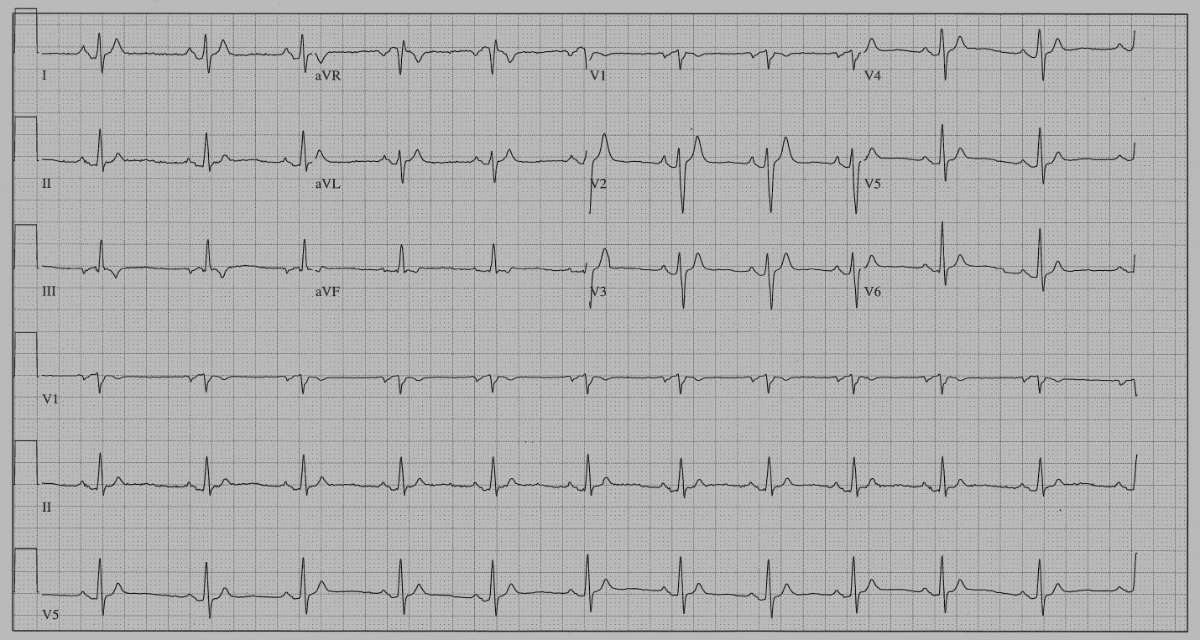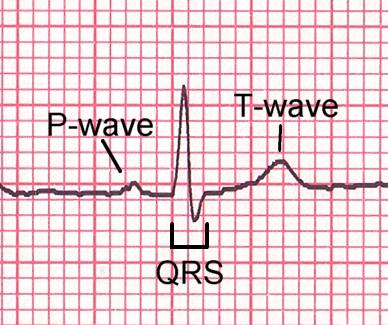Short QT Syndrome
What Is Short QT Syndrome
Short QT or Short QT Syndrome (SQTS) is a heart disease first discovered in a family of European descent in the US at the beginning of the Century, and since then detected in most countries, but especially in people of European or Asian descent.
It is a congenital disease in the electrical system of the heart and in order to understand where the name comes from and how the disease plays out, we must first look at the electrocardiogram or ECG.
An ECG is a representation of the activity in the electrical system of the heart. As the heart beats this activity can be recorded by electrodes placed at certain locations of the body, usually the front of the chest and the extremities, and transmitted either to paper or to an electric monitor. A complete ECG is usually only a few seconds long recording of a few heart beats (3 beats in this recording) in 12 different leads (I,II,III, aVR, aVL and AVF + V1,V2,V3, V4, V5 and V6) of every heartbeat:

The following figure shows a single beat in a single lead with annotation of the different waves. The electrical activity will show up as waves (P, QRS and T waves) of certain amplitude and duration, and changes in these can assist in making the diagnosis of for instance heart attacks, enlargement of the heart or parts of the heart, various problems in the heart rhythm and much more.
QT is the interval measured in the ECG from the beginning of the QRS-waves to the end of the T-wave:

Short QT Syndrome (SQTS) is the ultimate consequence of having a short QT interval. It is a condition, where a person can suddenly pass out due to a life-threatening fast heart rhythm called ventricular fibrillation. If life-saving treatment in form of an electric shock (defibrillation) is not delivered immediately a person will die. That is why the only effective treatment of SQTS is prophylactic implantation of an implantable defibrillator.